Custom window sash replacement brings modern performance to historic home.
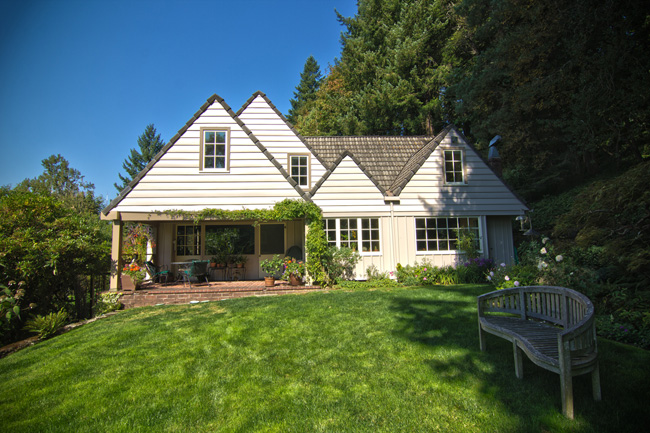 Conventional thinking says that the values of preserving architectural heritage and transforming building energy performance are at odds. You’ve got to choose one or the other.
Conventional thinking says that the values of preserving architectural heritage and transforming building energy performance are at odds. You’ve got to choose one or the other.
But this is a false dichotomy. And by fusing age-old traditions of craft with cutting-edge building science and components builders can transcend it.
We’re seeing this at all scales of construction, from complete Passive House retrofits of historic buildings on down to custom windows and doors. The latest notable example of this dichotomy-transcending? Hammer & Hand woodshop manager Dan Palmer’s recently-completed whole-house window sash replacement for a Southwest Portland home designed in the late 1930s by celebrated Portland architect Richard Sundeleaf.
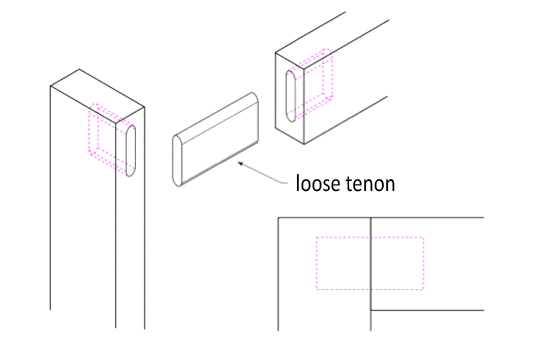 The clients came to us after Versatile Sashwent out of business in the middle of pricing and bidding. The task at hand? Retrofit the historic home’s 45 window sashes for superior energy efficiency and comfort, but match the original windows’ profiles and unobstructed light.
The clients came to us after Versatile Sashwent out of business in the middle of pricing and bidding. The task at hand? Retrofit the historic home’s 45 window sashes for superior energy efficiency and comfort, but match the original windows’ profiles and unobstructed light.
Dan and fellow H&H woodworker Josh Tinker grounded the design and construction of the new sashes on a solid foundation of traditional joinery (in this case, “loose tenon” mortise and tenon joinery), employing traditional hardware and sticking where visible and high performance hardware and weather stripping where hidden.
Subtle tweaks to the dimensions of the vertical and horizontal muntins that form the divisions of glass within each sash allowed the new sash assemblies to accommodate thicker, double-pane, energy efficient glass.
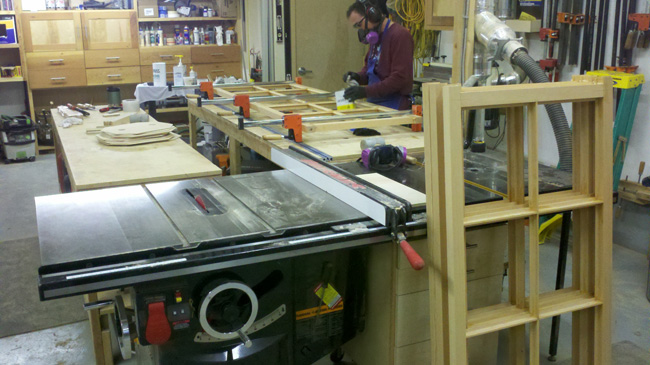
Shop photos by Dan Palmer
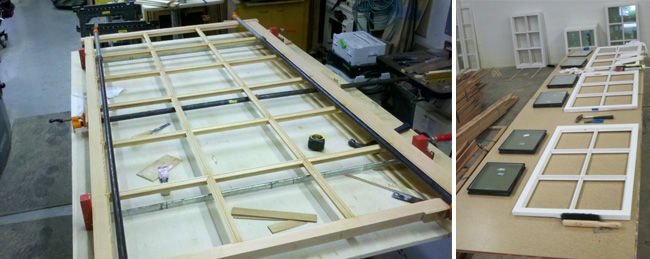
Light transmittance was a major concern. The homeowners loved the 90% light transmittance that the original single pane windows provided. (Many of us grey-weary Pacific Northwesterners can relate!) The problem is that your typical double-pane window with low-emittance coating can easily bring light transmittance down to near 60%. This concession on light wasn’t going to cut it for this project, so Dan searched far and wide and found a double-pane glass with low-E coating that provides a respectable 78% light transmittance.

Finished photos by Jeff Tan
The end-result of Dan’s and Josh’s work is pretty special: outswing casement windows with mortise and tenon joinery, marine epoxy, two-coats of primer, low-emittance double-pane glass with lifetime warranty on insulated glass unit seals, stainless steel friction hinges that eliminate need for obtrusive hardware, and original casement closure hardware for historic accuracy.
These modern windows look like they’ve always been part of the 1930s home.
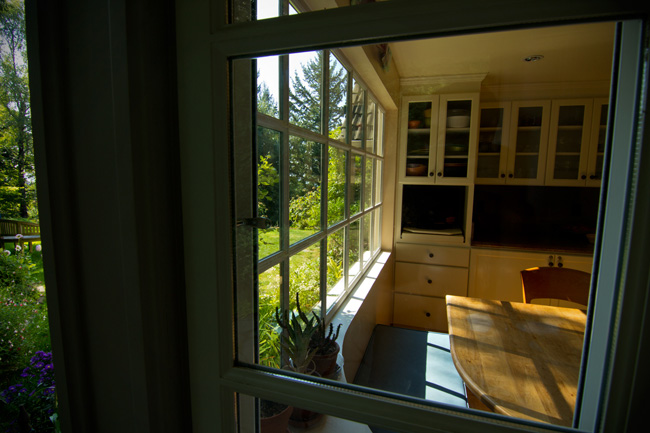
And the beauty of sash replacement versus full window replacement is that it can be done surgically, with minimal intrusion into clients’ homes and lives.
“We did a whole house, but still really limited our impact,” Dan said. “No saws against the house or crazy stuff. Just systematic, window-by-window work.”
– Zack
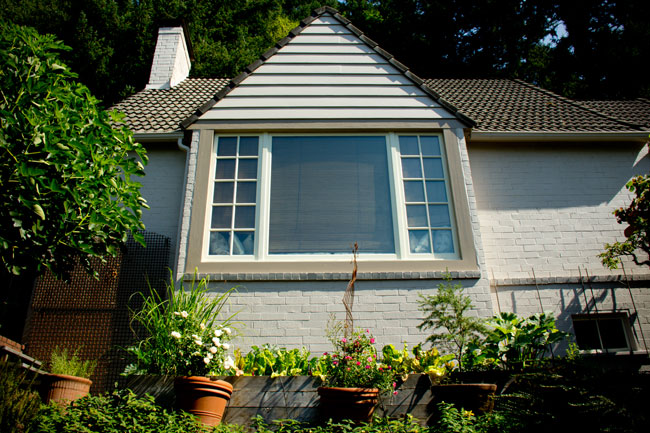 Back to Field Notes
Back to Field Notes